Most of you who know me, also know I'm a huge fan of museums and exhibitions. For me, this is an easy way of learning and an opportunity to practice photographing. You get the chance to see objects, artworks from all over the world and most likely some of these opportunities are unique and it is also a huge challenge as photographing in those conditions is anything but easy.

Today I'm going to show you an odd museum, which is the Natural Gas Museum in Mediaș, Sibiu county, Romania.
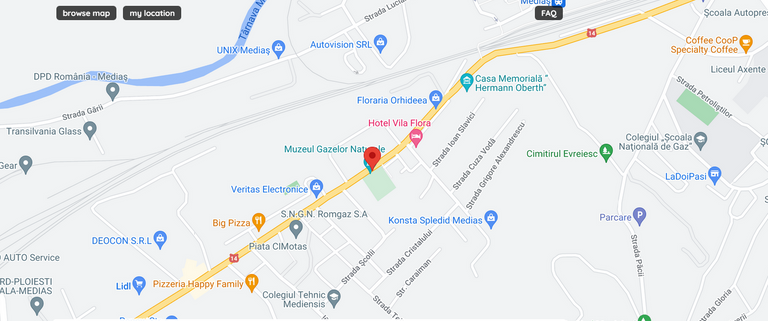
How To Get There
Getting there is easy. The museum is situated on Șoseaua Sibiului No. 5, which is the road that leads to the exit of the city, towards Sibiu. You can't miss it.
There's no entry fee, the entry is free.
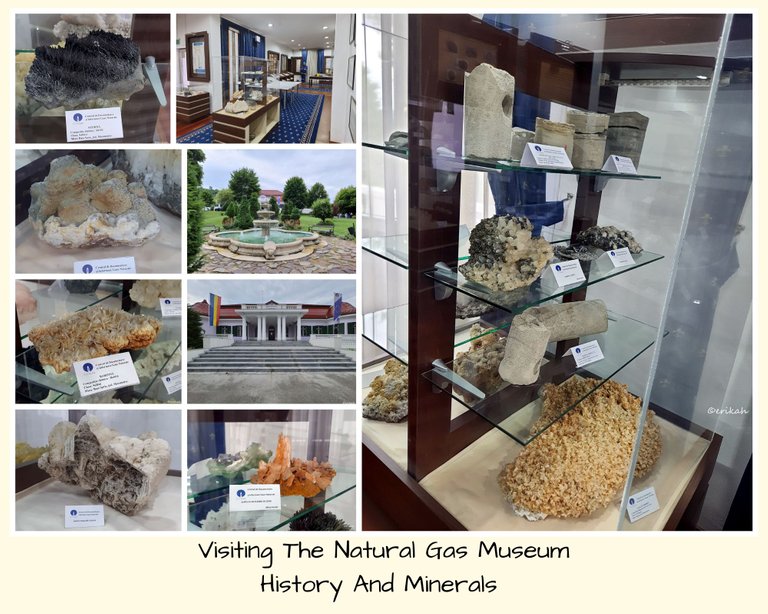
Short History
The Natural Gas Museum was opened in 2010 by the Romgaz company to mark a century since the first commercial natural gas well in Romania. It tells the story of the country’s gas industry. The building is an attractive villa at Medias, in the largest natural gas field in the country. Natural gas was first found in 1909 while drilling for salt. In 1910 a project was begun to install a 55-km pipeline from Sărmășel to Turda, which in 1916 became the first city in Europe to have public street lighting by natural gas. In 1915, the first company in Europe devoted to natural gas exploitation was begun, Ungarische Erdgas Gesellschaft (UEG). This set the model of combining exploration, drilling, extraction, transportation and distribution of natural gas in one company. The museum displays historical photographs, examples of minerals, a model of a drilling rig, protective clothing, tools and equipment. It also holds an important library and archive. source
At the museum I was told
the villa was built by a Hungarian businessman, who built the glass factory as well and served as his home. Then after the communists took over, the villa was nationalized and a maternity was set up in it. After some time, the maternity got a new home and this lovely building was unused. After the communism ended, there were plans to set up a casino, but that did not happen and in 2010, the museum opened its door to the public.
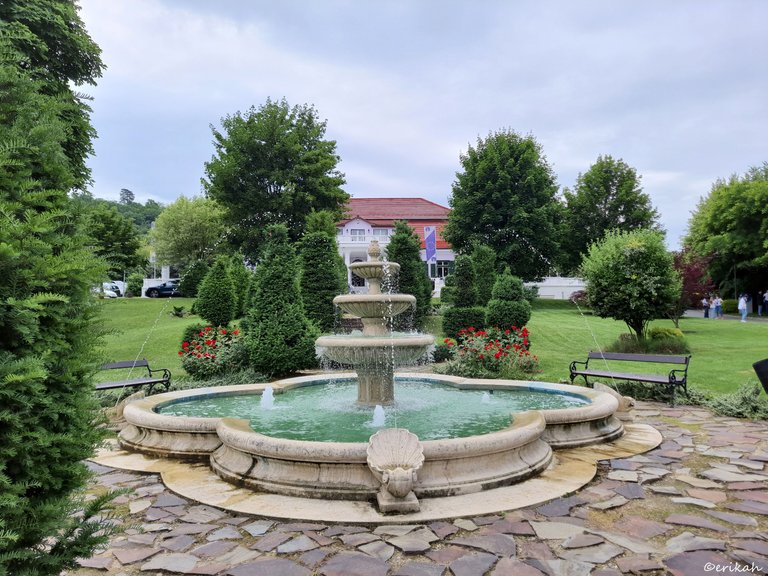
The building is impressive from inside. There's a nice garden on the property, with a small pond as well.
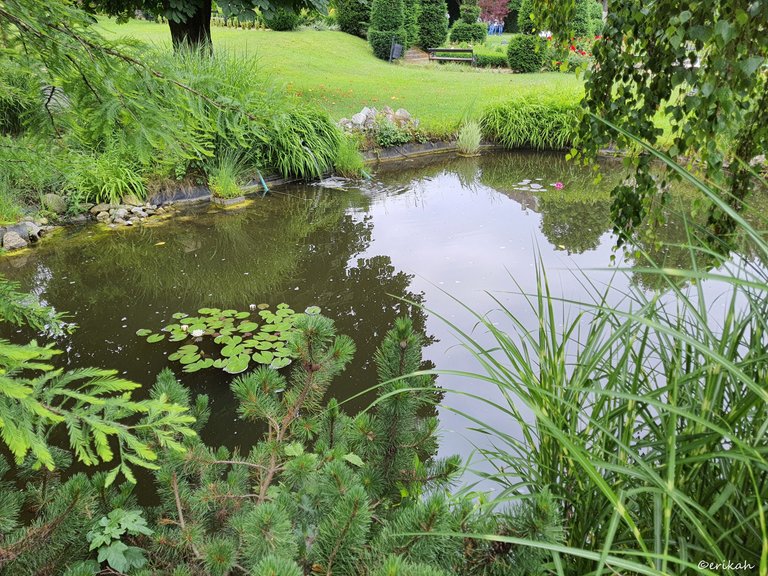
You can sit down on a bench and enjoy all the green and the well that in a torrid summer days can be a blessing.
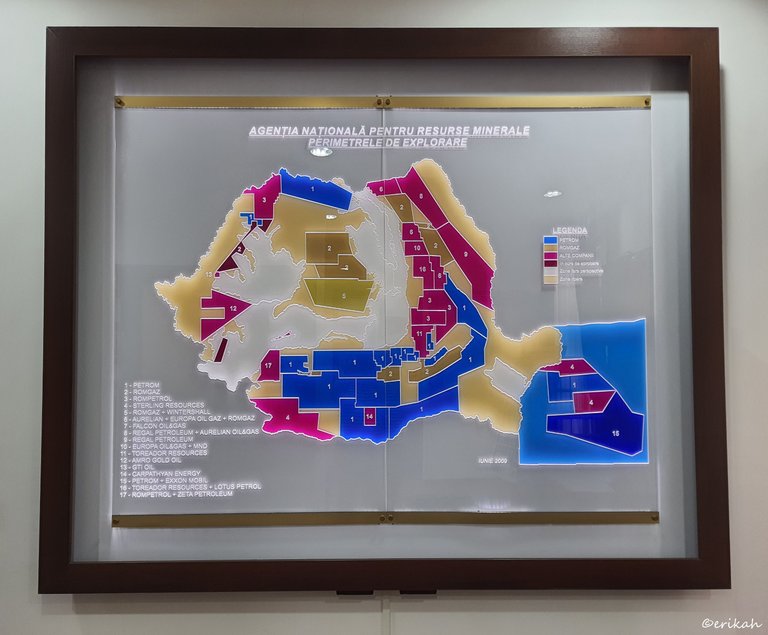
Romania's map with the exploitation perimeters marked. There are 17 companies in total, exploiting natural gas.
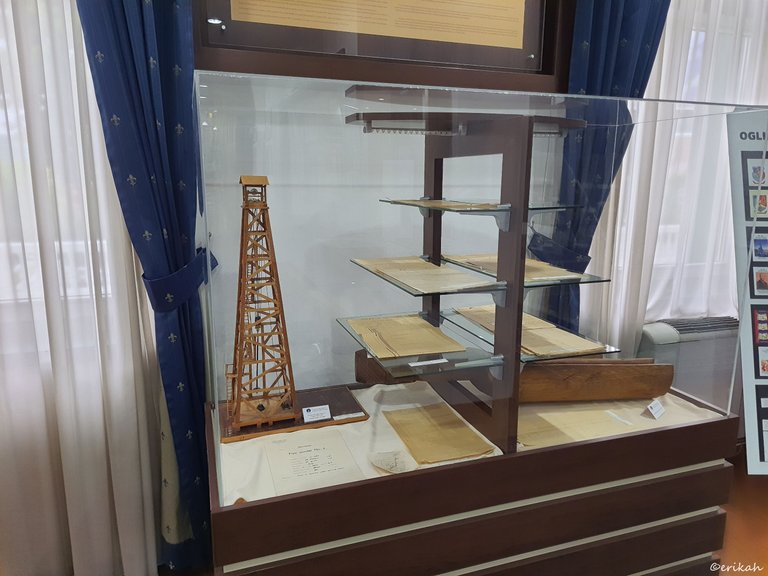
The purpose of the exhibition was to how the history and the evolution of natural gas exploitation, which is why you will see mock ups of old structures, tools and old documents as well.
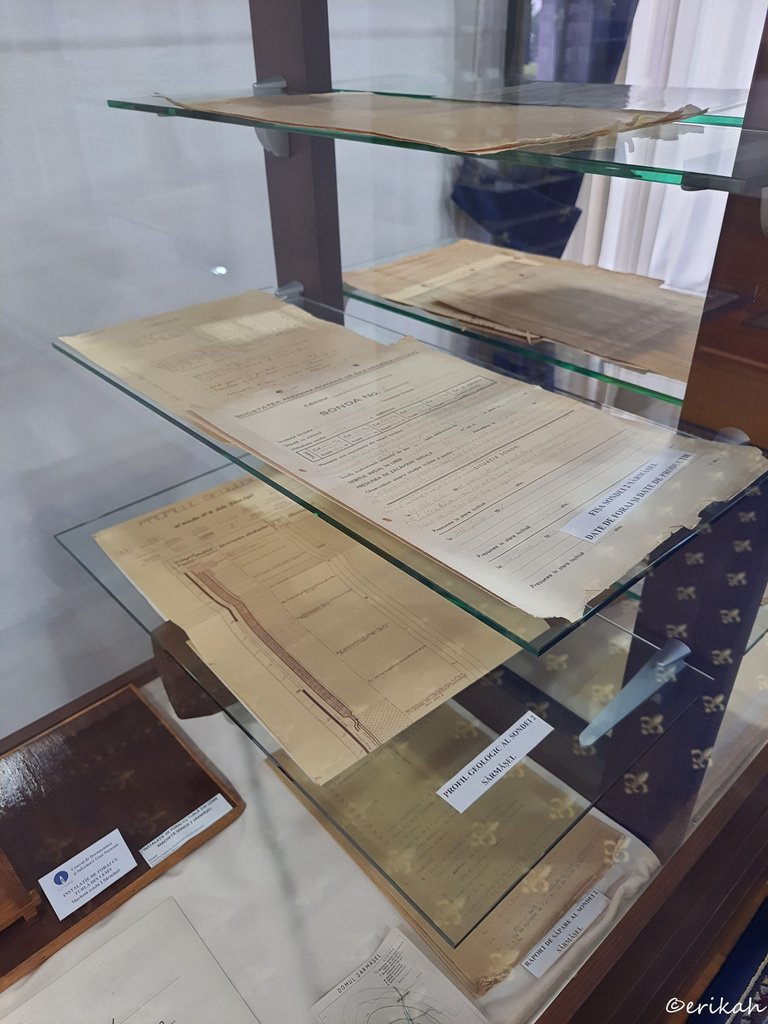
A drilling rig with wooden tower and documents from 1908. Some hand written, others typed at the typewriter, as that's what they had back in those days.
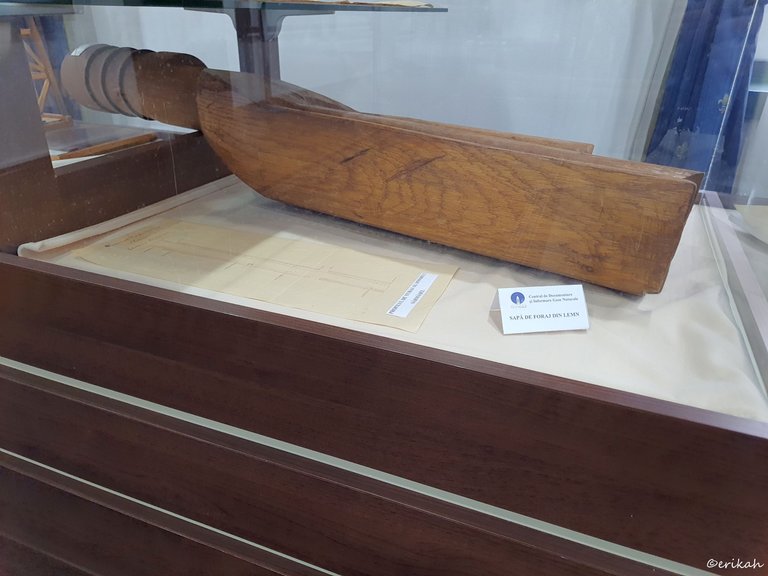
Wooden drill hoe.
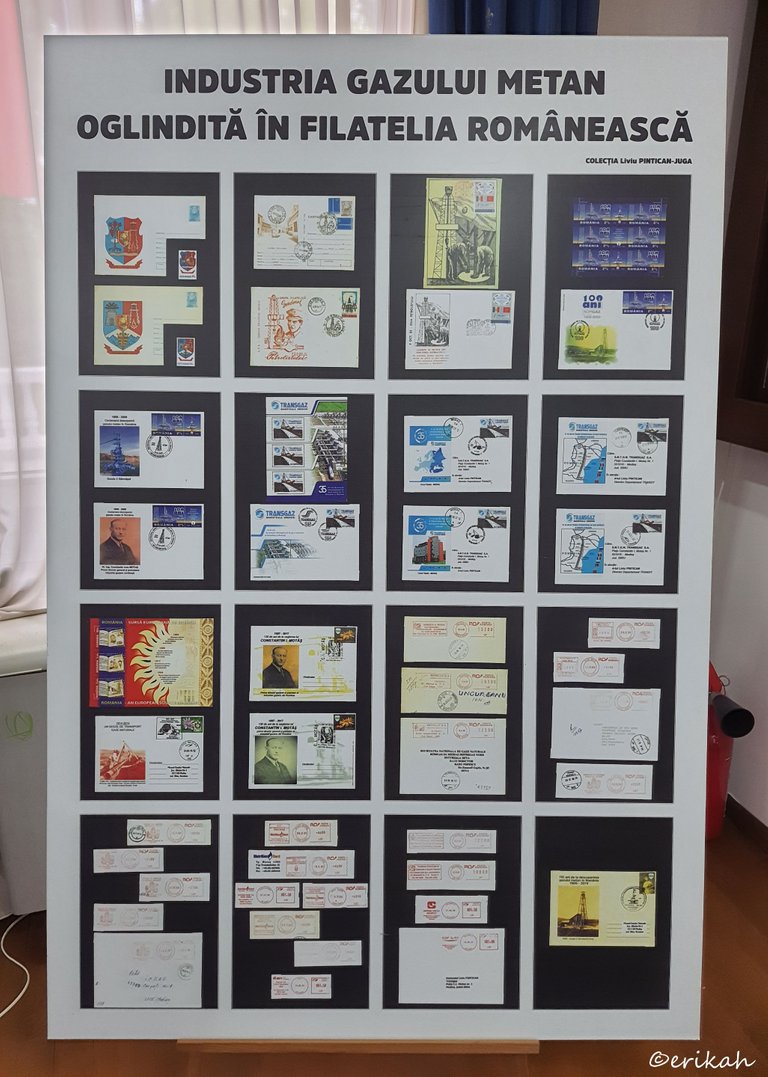
The natural gas industry was a very important one as the whole industry was relying on gas, so it had a special place in the Romanian philately as well. A lot of stamps have been issued over the years, that had as theme the natural gas industry.
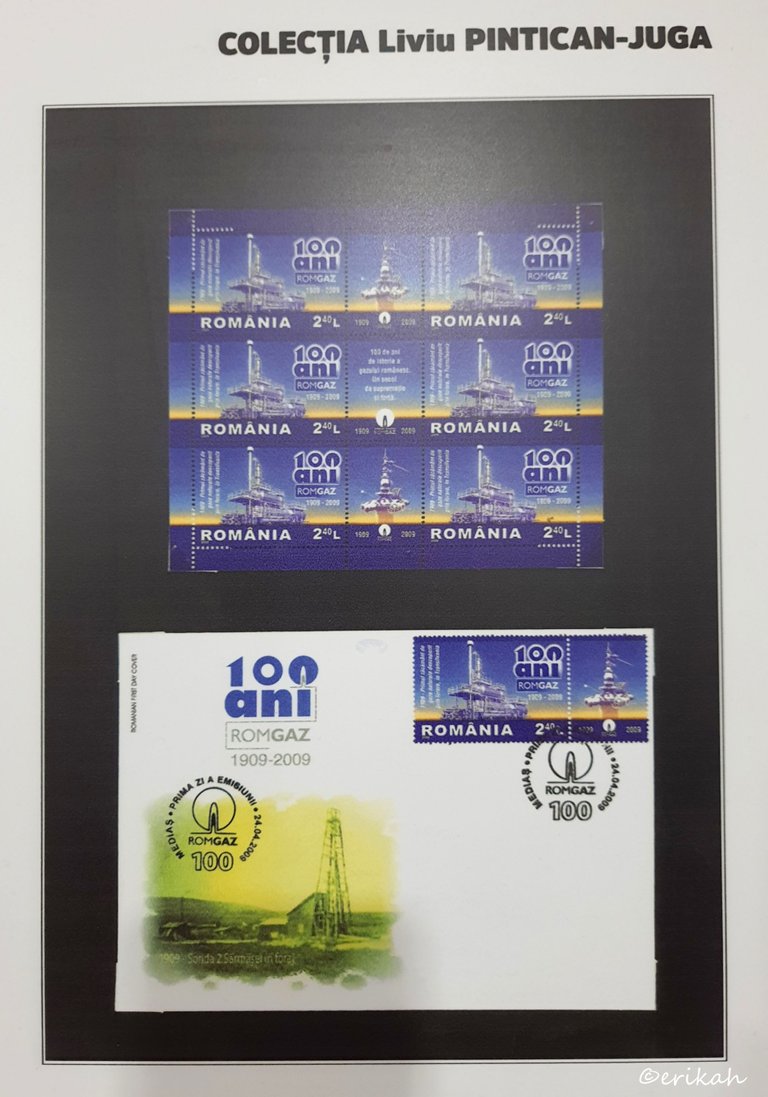
This series was issued to celebrate the anniversary of 100 years from the year in which natural gas exploitation was begun.
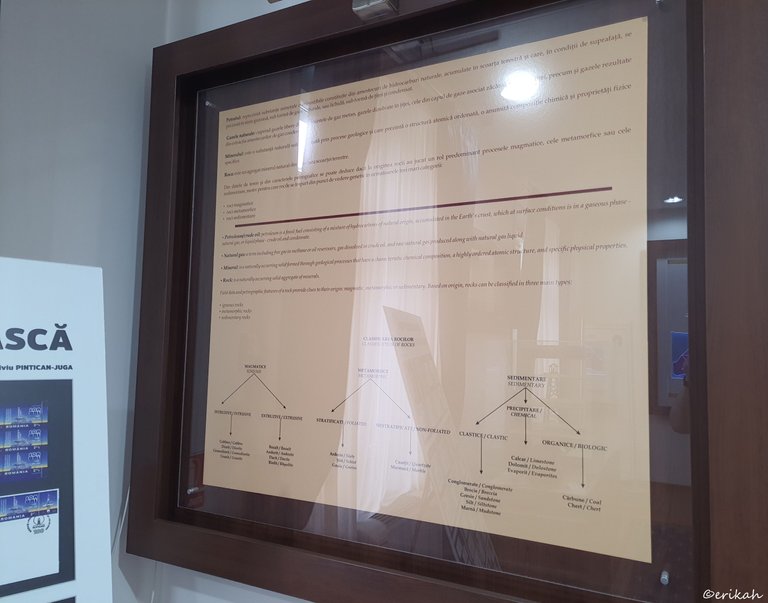
As most of us are total illiterates in this regard, there were huge posters explaining the structure of the soil, the process and not only.
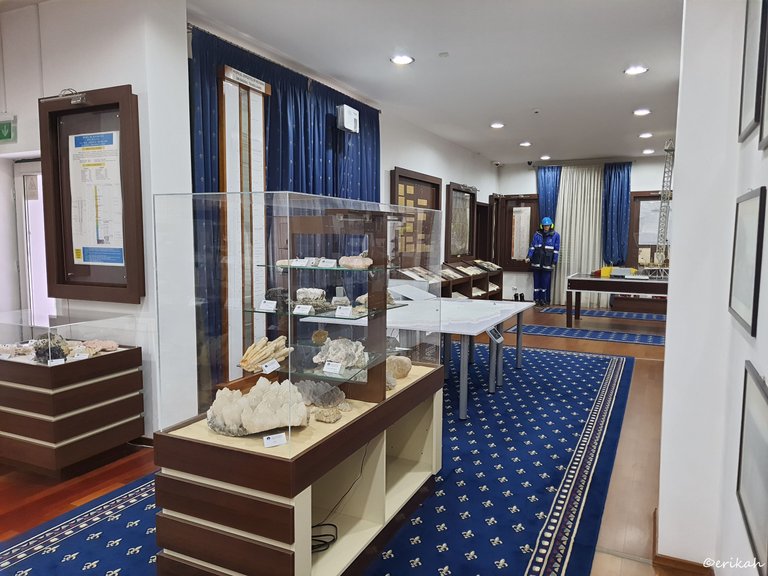
And this was where the fun began.
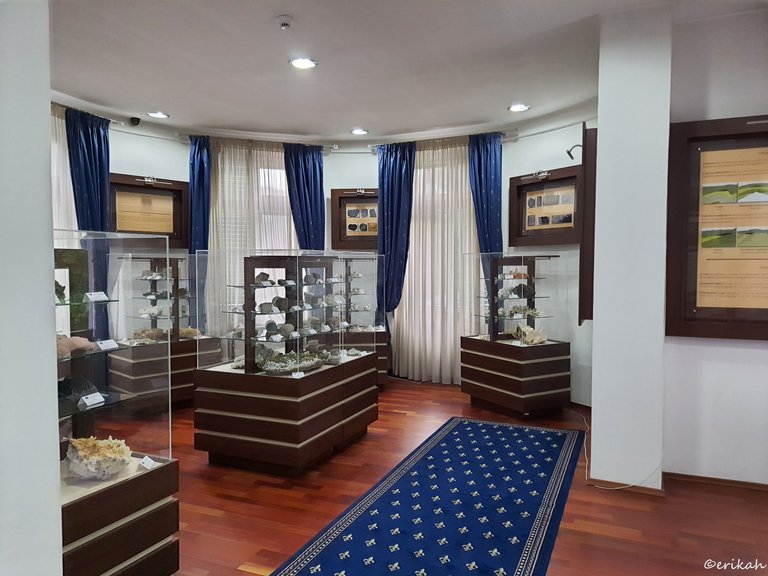
In these two rooms there were a lot of very cool minerals displayed, one more beautiful than the other. I'm not a connoisseur of minerals, barely know a few, but seeing these was an interesting experience.

Now you may ask what do these minerals have to do with natural gas. The simple answer is, quite a lot. Gas can be found at a certain depth and to get there, the drill has to go through different segments, that are made of minerals.
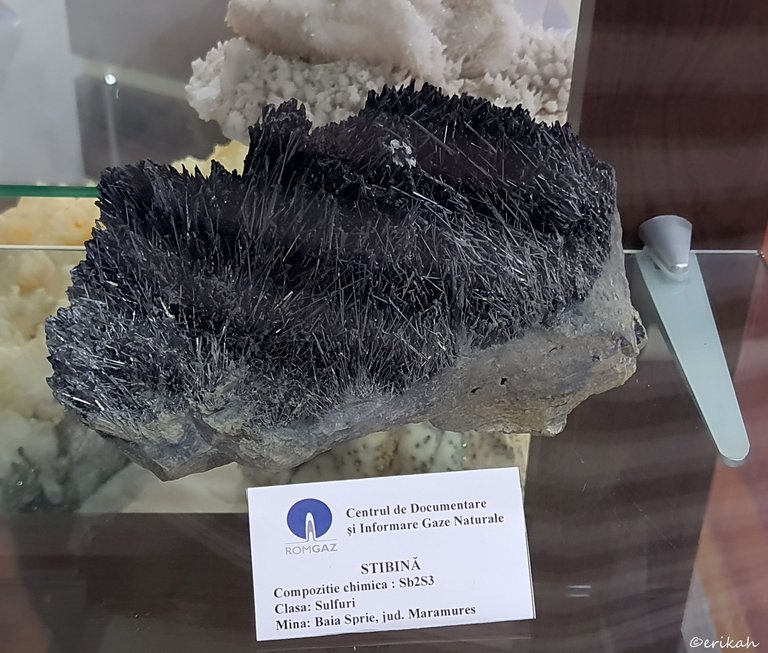

Although this one looks like a hedgehog, it's not, it's Stibnite, a sulfide mineral with the formula Sb2S3.

This is a type of quartz.

If you are illiterate in this industry, like me, this is the time to learn something. This is one of the reasons I like to visit exhibitions and museums. The knowledge is free as you don't buy a ticket, so it's up to you if you learn something, or not.
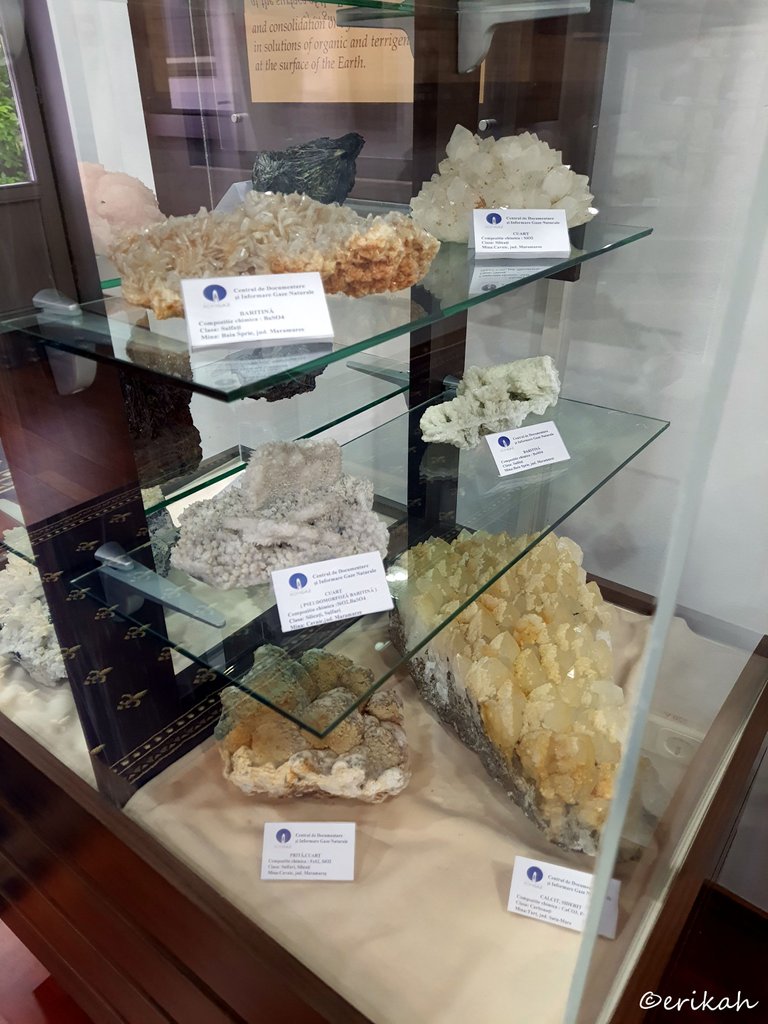
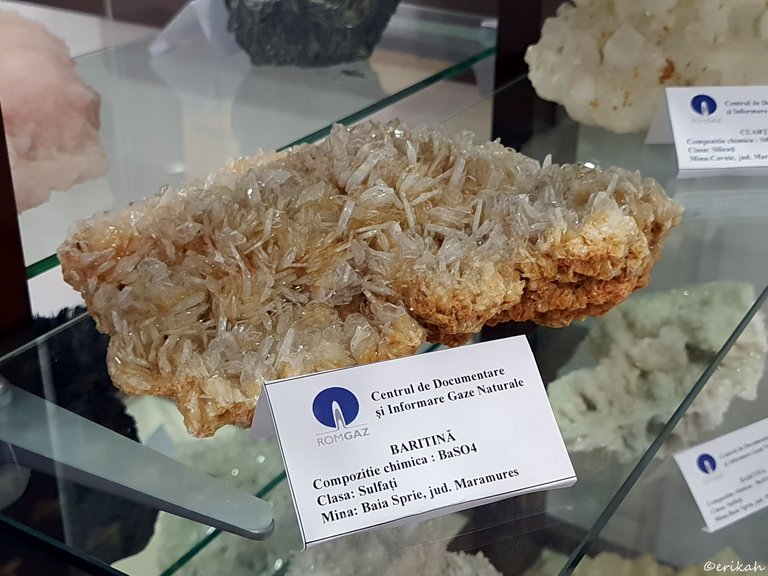
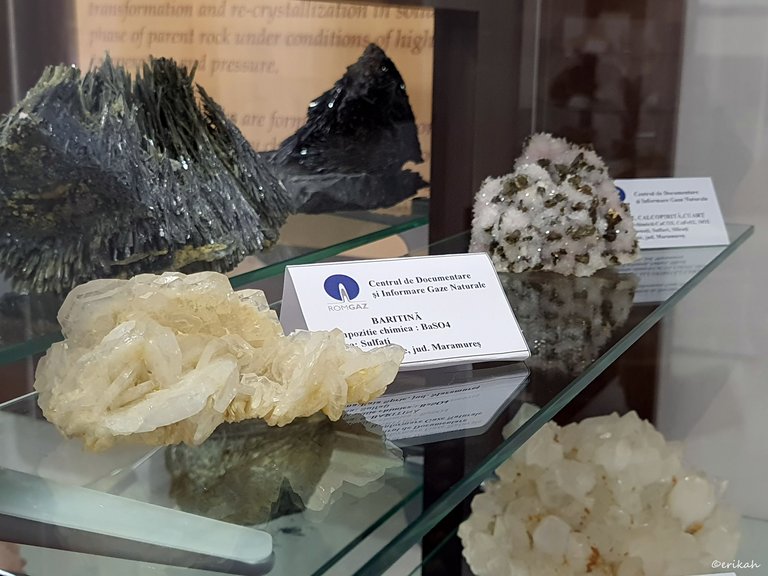
Baryte, barite or barytes is a mineral consisting of barium sulfate (BaSO4). Baryte is generally white or colorless, and is the main source of the element barium. The baryte group consists of baryte, celestine (strontium sulfate), anglesite (lead sulfate), and anhydrite (calcium sulfate). Baryte and celestine form a solid solution (Ba,Sr)SO4. source
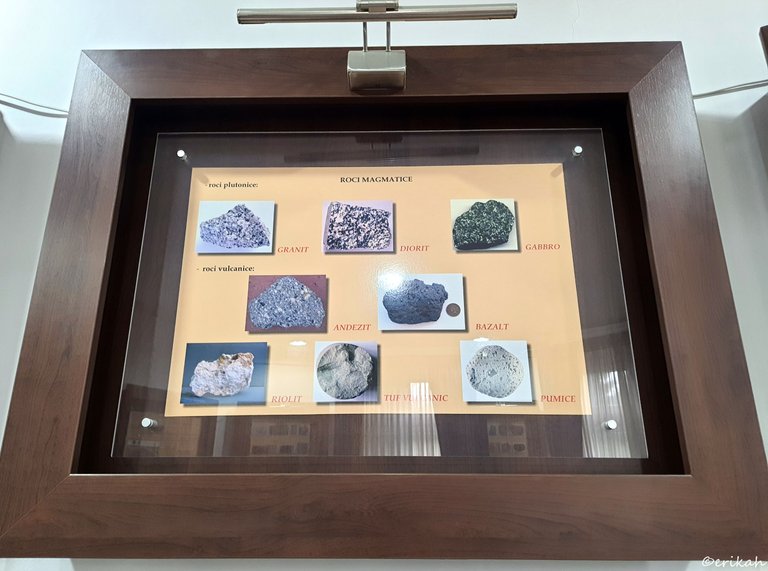
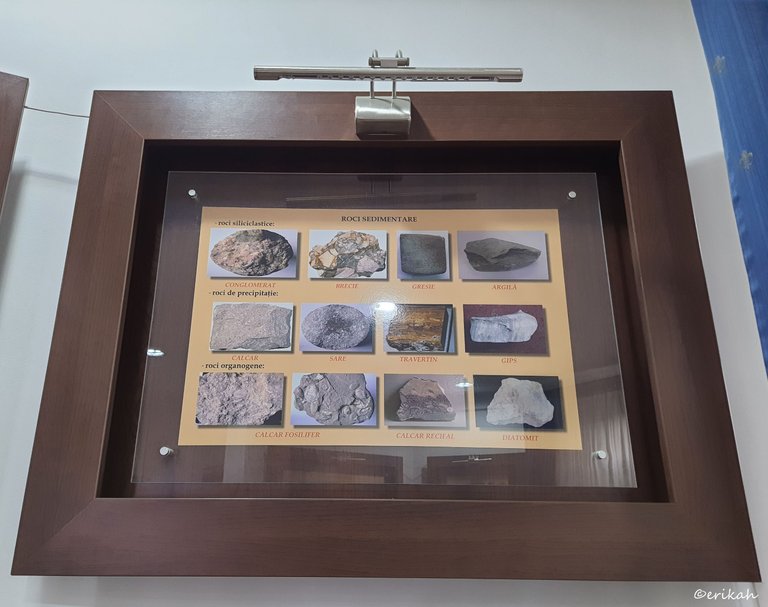
Last year when I visited the mineral exhibition, I said I'm not really passionate about minerals and don't really see a connection between these rocks and myself. However, looks like our path crosses pretty often and I'm starting to like them. Obviously there's a lot to learn, but I think they are starting to grow on me. What I saw here was pretty remarkable.
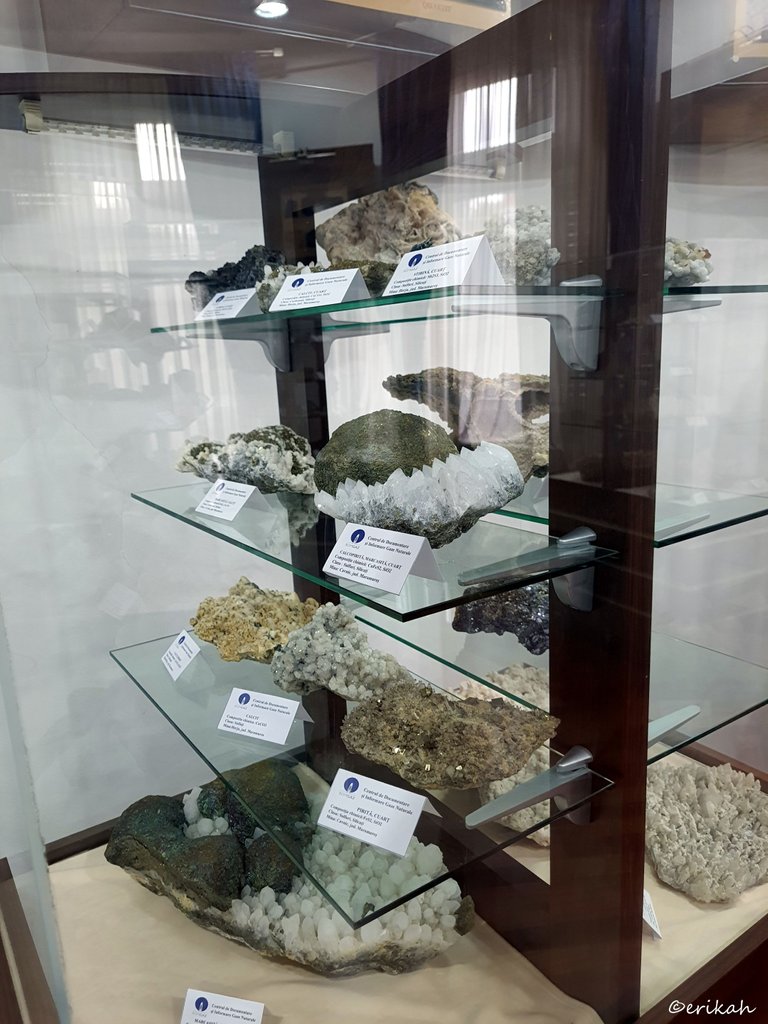
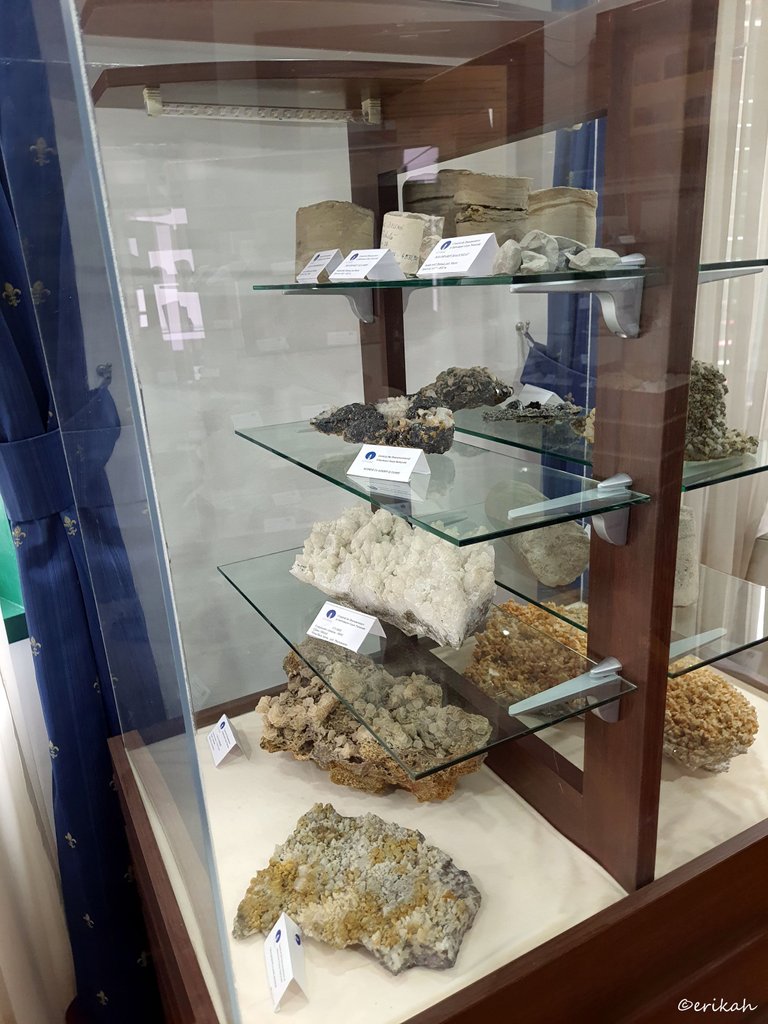
I was thinking, if I were to pick a new hobby and financing my new hobby would not be an issue, I would pick jewellery. Especially making silver rings and silver earrings with some of these stones. This activity would need special equipment and knowledge as well as cutting stones is not an easy job for a newbie. Plus silver is not exactly cheap either.
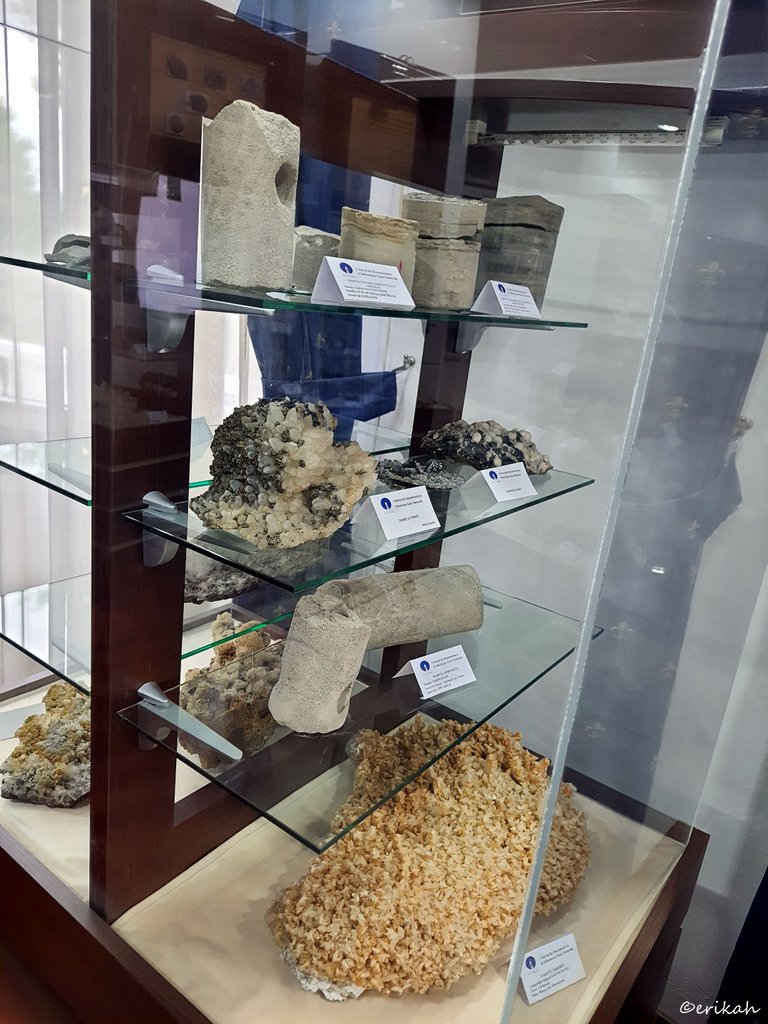
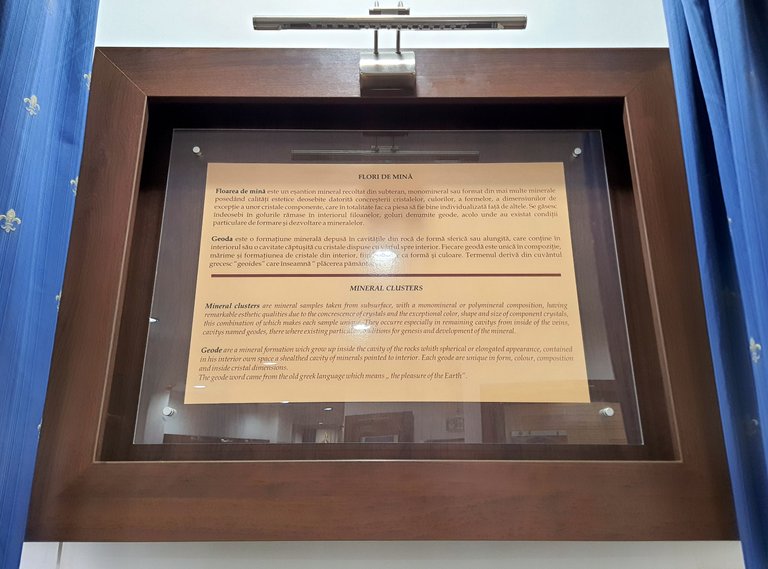
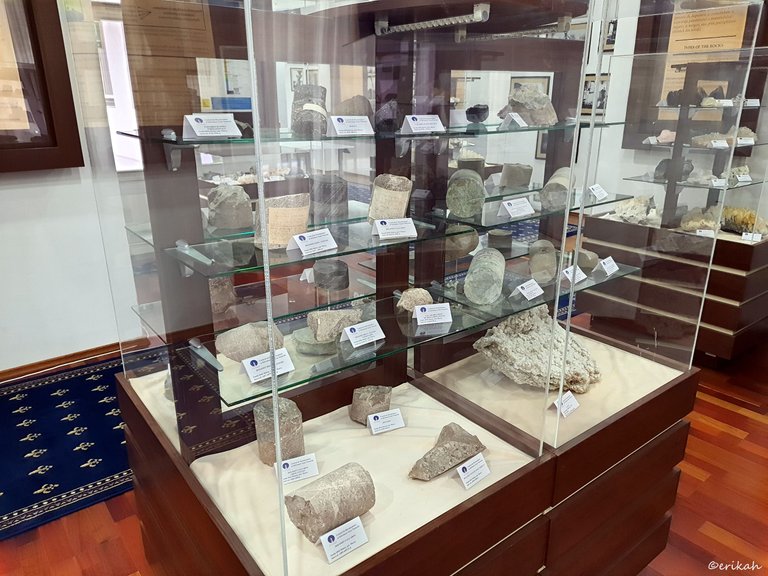
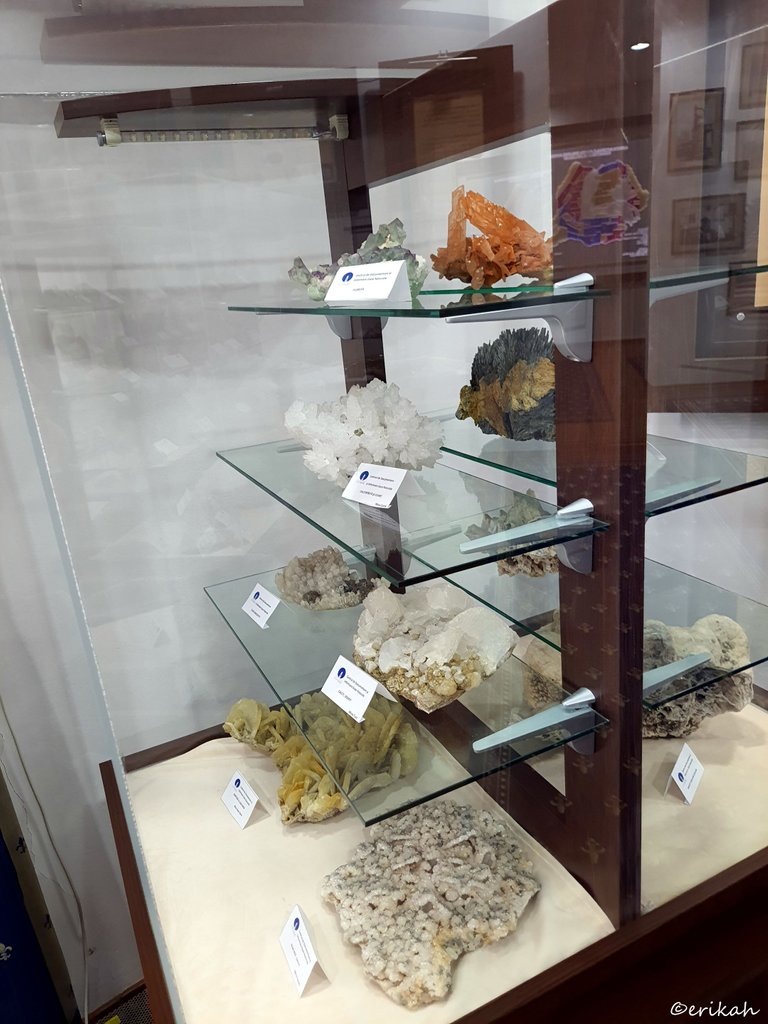

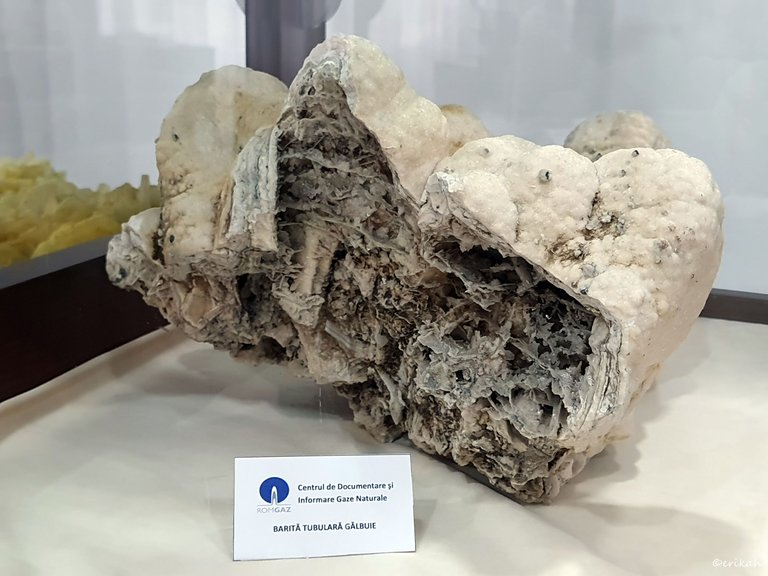
Baryte.
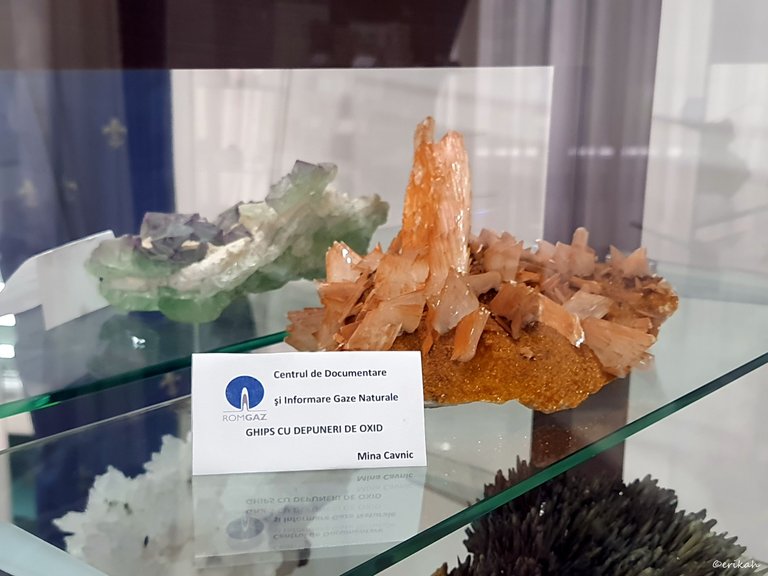
Google translate says plaster with oxide deposits. I'm not entirely sure if it's accurate though, but love the color.
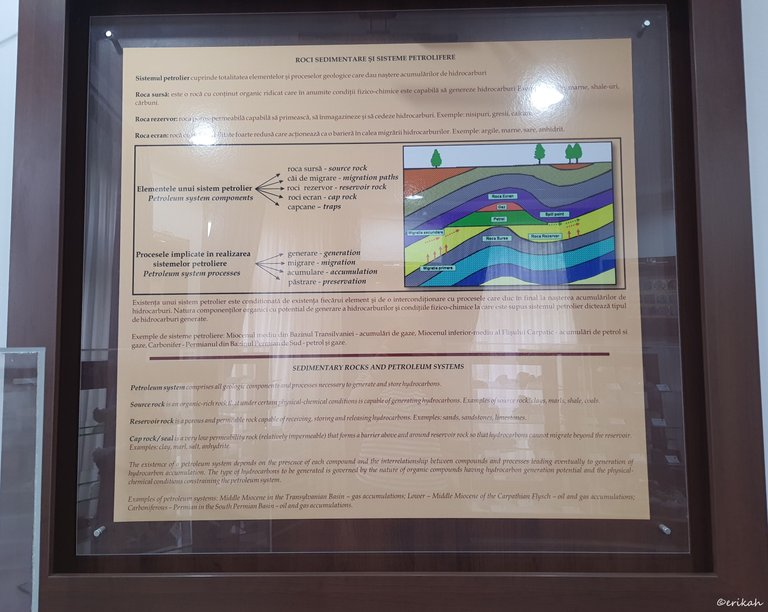
What I love about these exhibitions is that almost each time the description is bilingual, Romanian and English and many times Hungarian too, depending where you are. This makes my job a lot easier as translation is not always accurate.
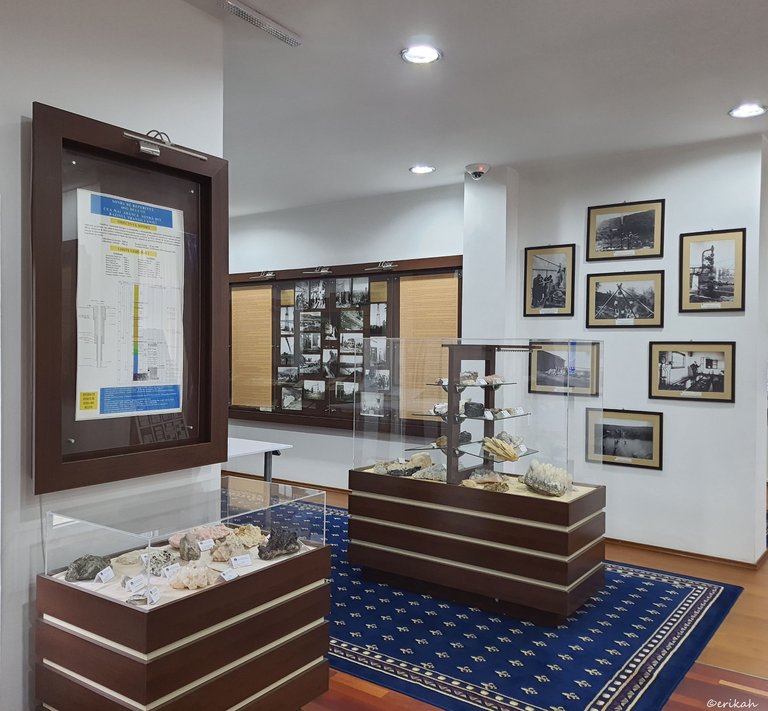
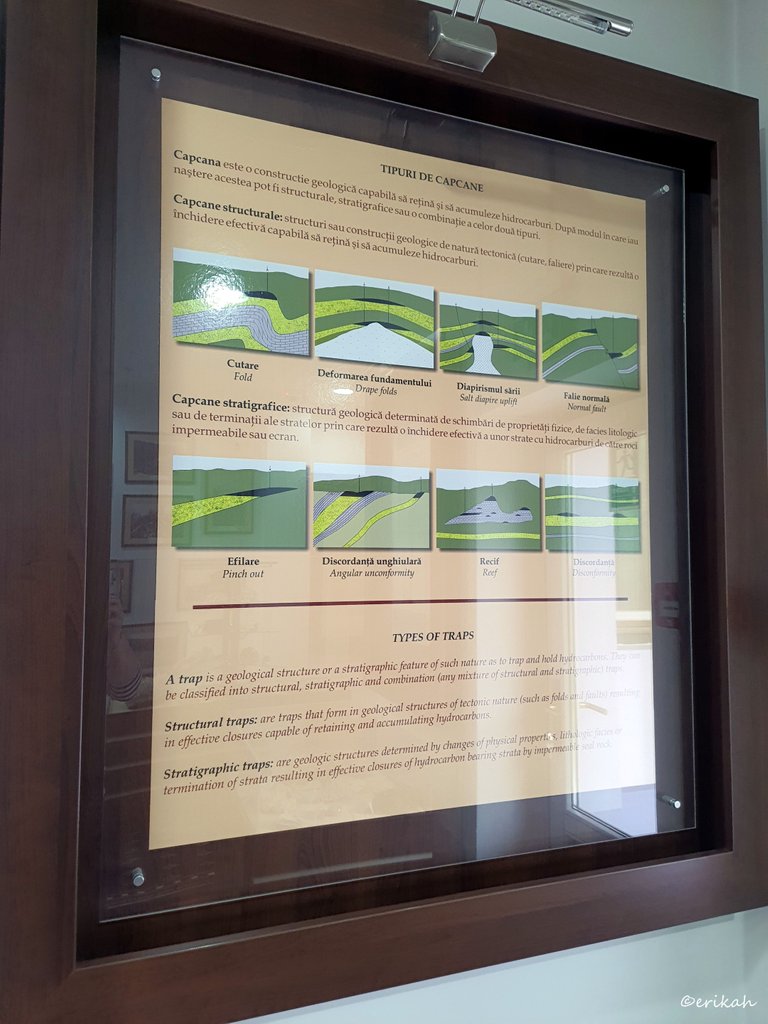
Types of traps. Fascinating, isn't it? Well, traps here have a different meaning, it's not what you think.
A trap is a geological structure or a stratigraphic feature of such nature as to trap and hold hydrocarbons.
My cousin is a geologist, so I was constantly thinking of her. It's an interesting branch of natural science, but would not be my first choice. Never was 😜.
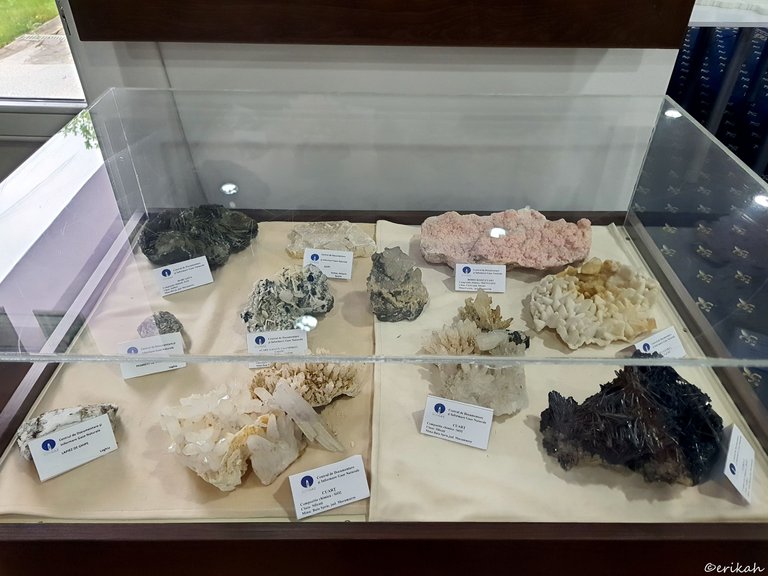
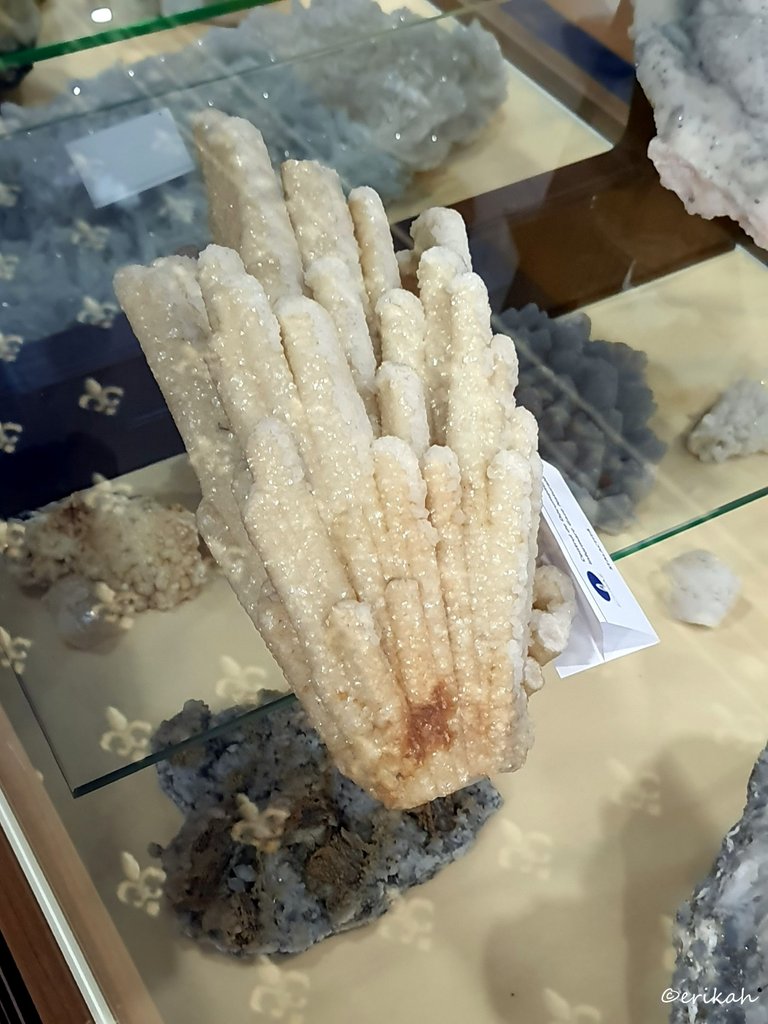
This one looked so cool.
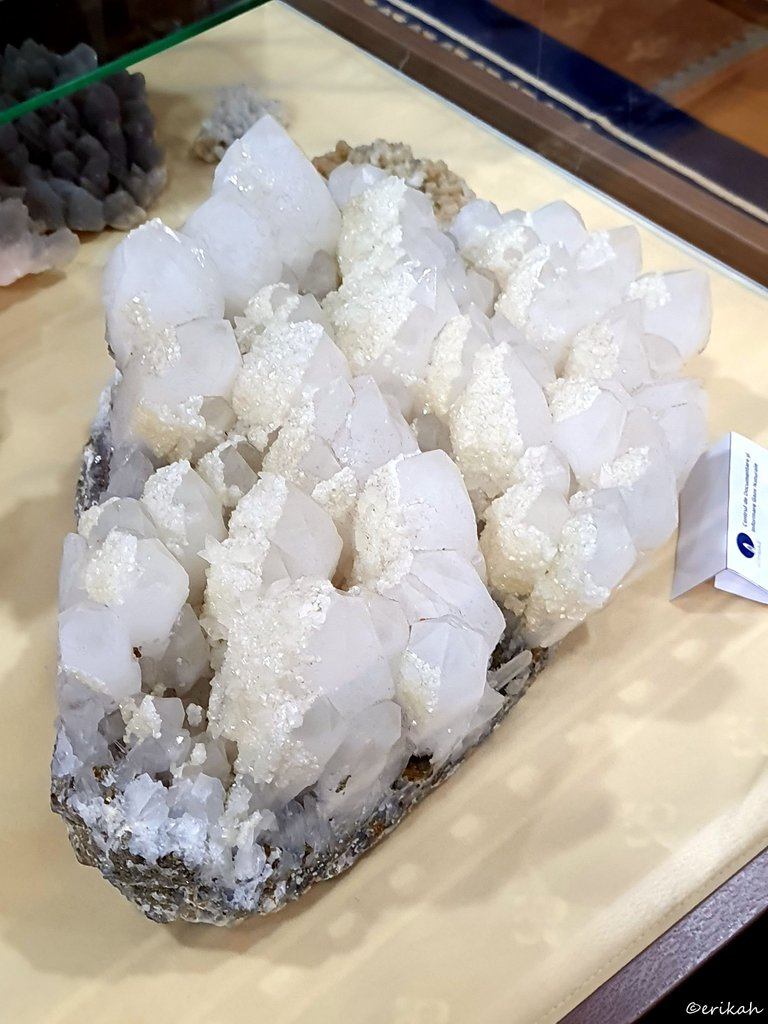
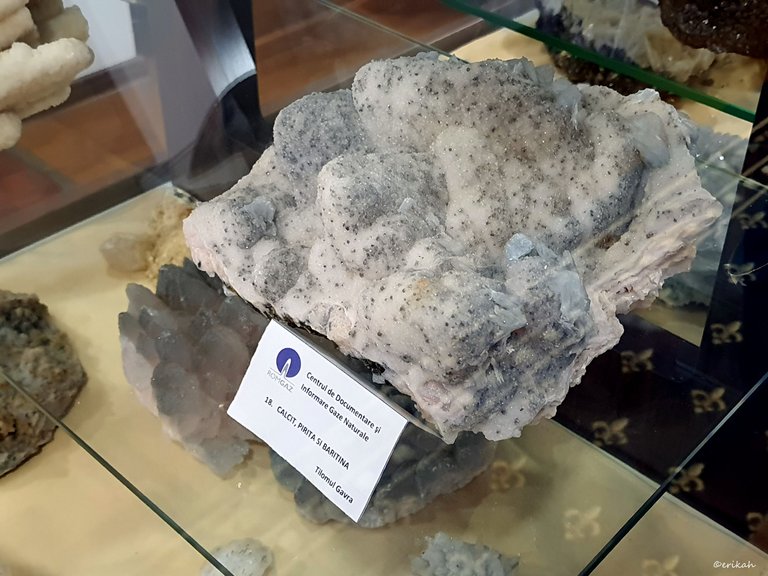
I could imagine a necklace, earrings and a bracelet made of this stone, even if it's not precious. I have some ideas for a coll design, but who's going to cut the stone? 😂 Better stick to numbers.
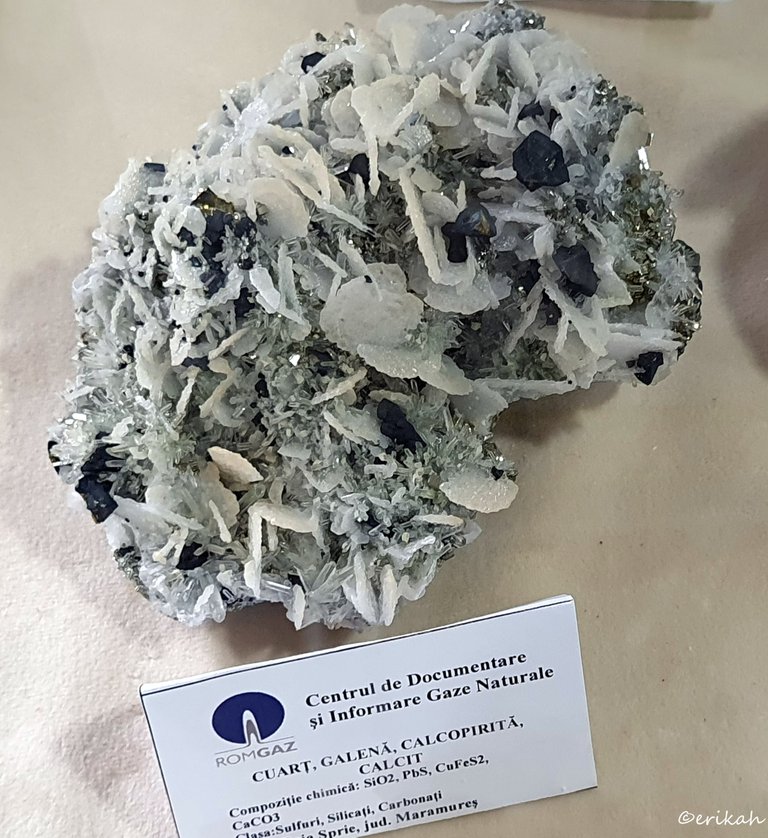
This one could look interesting too.
Ladies and gents, this was the mineral part of the exhibition. The next part will be even more interesting as it'll be about the history of gas extraction, equipment, studies and related. I'll be back with the next part.

If you're a newbie, you may want to check out these guides:
- Communities Explained - Newbie Guide
- Cross Posting And Reposting Explained, Using PeakD
- Hive Is Not For Me
- How To Pump Your Reputation Fast - Newbie Guide
- Tips And Tricks & Useful Hive Tools For Newbies
- More Useful Tools On Hive - Newbie Guide
- Community List And Why It Is Important To Post In The Right Community
- Witnesses And Proposals Explained - Newbie Guide
- To Stake, Or Not To Stake - Newbie Guide
- Tags And Tagging - Newbie Guide
- Newbie Expectations And Reality




